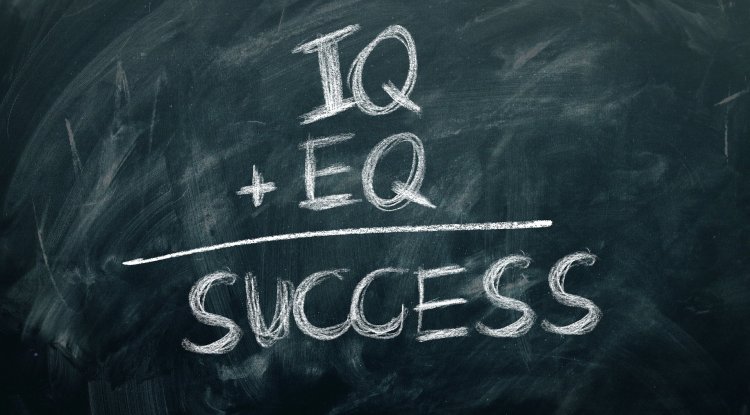Tips for Educators
Four Ways to Create a Student-Centered Learning Environment
- Sep 9, 2022
- 0
- 1589

Learning environment plays a vital impact on a student's achievement. According to a study by the University of Salford, 153 classrooms in the United Kingdom that implemented student-centered learning witnessed improved academic performance of students. It's critical for teachers to understand how to design flexible classroom layouts, where the focus of instruction is shifted from the teacher to the student. This means instead of classes focussing mostly on lectures, reading from textbooks and working silently on worksheets, lessons should instead come alive with collaboration, discussions, hands-on experiences and the exploration of big ideas. If teachers want students to effectively communicate, collaborate, think critically and creatively, this shift is important.
Implement the following four strategies to move your classroom towards student-centered learning and watch your students thrive academically.
1. Value Their Opinion
At the beginning of each new school year, ask your students to discuss how they'd like their classroom experience to be. Are there any rules that should be put in place to ensure the classroom experience meets their expectations? Give the students 15 minutes to discuss this amongst themselves and then write their suggestions on the whiteboard. You'll be surprised at how many rules your students will come up with. You'll find some common themes appearing across rules – your students want to be heard, seen and respected. Similar exercises can be performed throughout the year to let students know you value their input about their own learning journey.
2. Project-Based Learning (PBL)
This strategy is a growing trend among educators. Besides being extremely collaborative, PBL allows students to participate in hands-on activities where they can take ownership of their lessons. All you have to do is give them a broad, open-ended question, which they can narrow down to create unique projects. It is important to involve the students both intellectually and physically: they can work on a poster, a fashion show, you name it.
3. An Opportunity To Lead
Providing students the opportunity to lead in the classroom is a great way to develop a student-centered learning environment. Consider allowing a few students each day to take charge of an individual activity. Consider giving them a day’s lead time so they have time for preparation. This activity will foster engagement, growth and empower students to take ownership of the learning experience.
4. Encourage Self-Reflection
Ask students to share what they would like to dive into more deeply, or perhaps where they still need some support. Self-reflection allows students to slow things down a bit and take a step back to analyse their experience. It also allows time for their brains to process what they have been learning up until then and creates space for the individual growth.
Student-centered learning strategies provide opportunities that are more meaningful than just mandated assessments or a standard curriculum. Utilising the four strategies discussed above will help you prepare your students for the ever-changing dynamics of the real world.
Add Comment
Related Blogs

Tips for Educators
UAE announces the deployment of an AI tutor to improve education and l...
- Natasha Di...
- Feb 21, 2023
- 0
- 1763

Tips for Educators
5 Steps To Practice Emotional Intelligence While Teaching
- James Coop...
- Dec 15, 2021
- 0
- 2059
Popular Blogs

Tips for Educators
3 Tips To Apply Classical Conditioning In Classrooms
- Natasha Di...
- Apr 25, 2022
- 0
- 21544

Understanding Concepts
4 Reasons Why Skill-Based Learning Is Important For Students
- James Coop...
- Mar 14, 2022
- 0
- 11021

For Parents
Everything You Need To Know About STEAM Education As A Parent
- James Coop...
- Mar 1, 2022
- 0
- 10825












